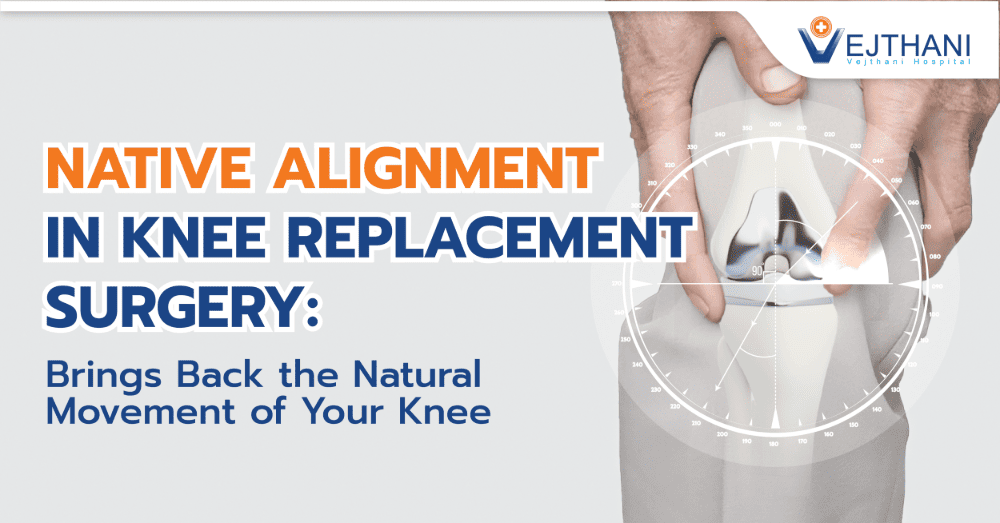
Elbow replacement surgery
Overview
Elbow replacement surgery involves the replacement of damaged components within the elbow joint with artificial implants made of plastic and metal materials. This medical procedure is also referred to as elbow arthroplasty.
The elbow consists of three bones: the humerus, which is the upper arm bone, articulates with the ulna, the larger of the two forearm bones. The rotation of the elbow is facilitated by the radius and ulna working in tandem.
In the past, the incidence of complications subsequent to elbow replacement surgery has exceeded those seen after hip or knee replacement operations. However, recent advancements in surgical techniques and implant design have led to a notable improvement in the success rate of elbow replacement procedures.
Types of artificial elbow:
- Linked: Metal stems that have been inserted into the ulna and humerus’ ends are joined by a hinge. This kind is the most typical.
- Unlinked: The ulna and humerus’ metal stems are connected by the tissue in your joints.
Reasons for undergoing the procedure
A spectrum of conditions, spanning from arthritis to fractures and other injuries, can adversely affect the health of your elbow. Surgical interventions often offer effective remedies for the damage caused by fractures and arthritis. Nevertheless, in cases of severe damage, replacement procedures generally present a more favorable approach.
The most frequent causes for choosing to have elbow replacement surgery are pain and lack of motion.
Various circumstances can harm the joint, such as bone fractures, bone tumor, or different arthritis types.
Risks
While exceedingly improbable, there exists a remote possibility that elbow replacement surgery might not lead to a substantial reduction or elimination of discomfort. The restoration of joint strength or complete range of motion might not be achieved following the surgical procedure. In certain instances, additional surgery might be necessary for certain patients.
The following are possible complications after elbow replacement surgery:
- Fracture. During or following surgery, the bones in the elbow joint can fracture.
- Implant loosening. Although the components for elbow replacements are strong, they may become worn or loosen over time. In this case, more surgery might be required to replace the loose parts.
- Nerve damage. Nerve damage can occur in the vicinity of the implanted device. Numbness, weakness, and discomfort can be brought on by nerve injury.
- Infection. Either the incision site or deeper tissue may get infected. For some infections, surgery is required.
Procedure
You might just need to replace a portion of the joint in some circumstances. One of your forearm bones, the radius, for instance, can have its injured head replaced with an artificial head.
The ends of the bones that meet in the elbow will be reshaped if the entire joint needs to be rebuilt. Bones are bony tubes with a soft center inside. The prosthetic components’ long, slender ends are put into the softer middle region of the bones.
The surgeon may apply a connecting cap so that the artificial implants can’t break apart if the surrounding ligaments aren’t strong enough to keep the joint together on their own.
Before the procedure
Before having surgery to replace your elbow, your doctor could ask you to stop using a particular medicine. These medicines, which consist of the following:
- Nonsteroidal Anti–inflammatory Drugs (NSAIDs) (e.g., aspirin or ibuprofen).
- Medications taken for arthritis.
- Anticoagulant medications.
- The majority of patients consult with pre–admissions testing, to specify which drugs to continue or stop using.
Throughout the recuperation phase subsequent to elbow replacement surgery, your arm’s range of motion will be restricted. It could be beneficial to arrange commonly used items on lower shelves within your home prior to the surgery, ensuring their easy accessibility.
During the procedure
Your conversation with the medical practitioner will cover the sedation plan for the procedure. A majority of patients undergo a general anesthesia and a nerve block. General anesthesia induces swift sleepiness, while the nerve block renders your arm numb, enabling pain control post emergence from general anesthesia. The typical duration of the surgery ranges from one to two hours.
After the procedure
After the surgery, you will undergo a period of recovery in the designated recuperation area. The duration of your hospital stay subsequent to the procedure will be determined by your individual needs. For many individuals, returning home on the same day is feasible.
After surgery, you might need to use a splint or sling for a few days or weeks. If you want to prevent fluid from accumulating at the elbow, you might also need a temporary device called a drain. Your medical staff will go over the activities you should perform to speed up your recovery.
Outcome
The majority of patients typically encounter reduced discomfort after elbow replacement compared to their state before undergoing surgery. A significant number of individuals even experience a state of being pain–free. Often, there’s an improvement in both strength and range of motion.
Contact Information
service@vejthani.com






















